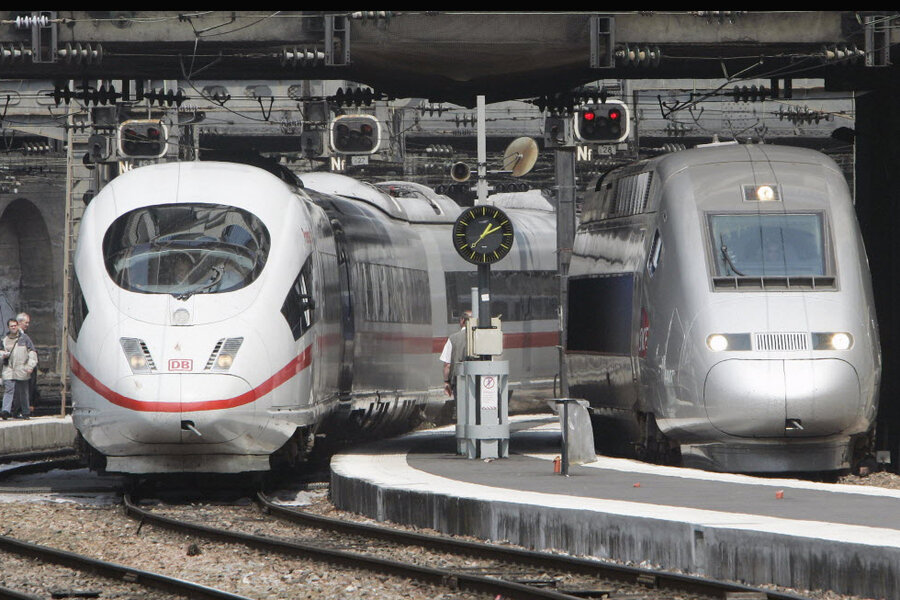First leg of Calif. high-speed rail approved
Loading...
| Sacramento
The initial segment of California's ambitious $68 billion high speed rail project won the approval of the U.S. Federal Railroad Administration on Wednesday, clearing the way for construction to begin in 2013.
Federal authorities approved a 65-mile section of track through the state's central agricultural heartland, from Merced to Fresno, after environmental and engineering reviews were completed.
California's bullet train network, expected to take decades to complete, would eventually connect Sacramento and San Francisco to Los Angeles, with stops along the 800-mile system.
"We are now poised to move forward and break ground next year," Jeff Morales, CEO of theCalifornia High-Speed Rail Authority, said in a statement, adding that the project would invest billions of dollars in local and regional rail systems.
California's Democratic Governor Jerry Brown signed an initial funding bill for the train project in July that cleared the way for construction of 130 miles of track.
Brown says a bullet train network will boost job creation and provide an alternative to car and plane travel in the country's most populous state.
Critics, however, say California can ill afford the $68 billion project that farmers' unions regard as an "imminent threat" to some of the most agriculturally productive land in the United States.
Critics worry that funding for the project will eventually run dry before the rail network can be completed, leaving California with a "train to nowhere" in its agrarian midsection.
Cost estimates for the project, the most ambitious public works endeavor to date in California, have ballooned to $68 billion from $45 billion previously.
California has so far only approved partial state and federal financing for the project, including the issuance of $2.6 billion in state bonds, which would in turn unlock $3.2 billion in federal funds for construction of the tracks.
The Legislative Analyst's Office, an independent budget watchdog agency, said the source of funding for the project beyond the initial round was "highly uncertain." (Reporting by Mary Slosson; Editing by Cynthia Johnston and Jackie Frank)







